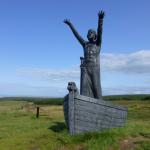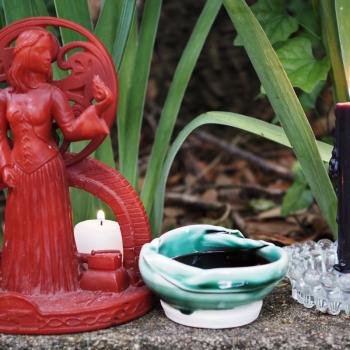” Extremely little. The total of evidence we have for the druids could probably fit on a few pages. All that comes down to us directly are a handful of references by Roman authors, non of which sets out to describe the druids, the mentions are all incidental.” – Redditor
“We don’t know what druids wore. We don’t know whether men and women worshipped together. We don’t know what druids believed or taught. We don’t know what druids said or did during their worship. We don’t know what their cosmology was. We don’t know how they performed divination. We don’t know what their astrological systems were like.” – Francine Nicholson, M.A.
That we have ‘no idea’ about these things is Balderdash.
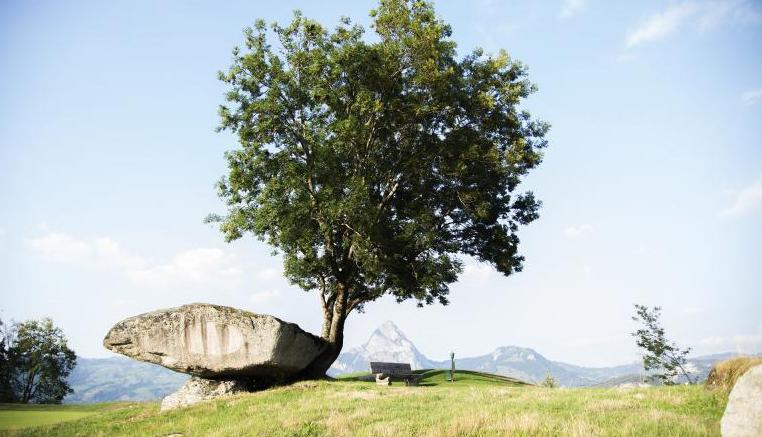
How Much About Druids Can Be Known?
We have no reason to believe that the development of Druids, proto-druids, and culture surrounding them was subject to a different set of rules than the priests of their sister cultures. Because we have no such evidence, we are left to conclude that the druids and things about them, developed the same way as other Indo-European priests, lawmakers, and sacrifices.
Quite the contrary is true in actuality. We know through the study of linguistics, archeology, and anthropology that the Proto-Indo-Europeans and their descendants migrated core ideas of pagan ideology and practice throughout Europe and India.
The CR faq addresses this on their page about what the druid believed:
“It is possible that the druids had restrictions on writing down anything that was considered sacred. However, some of the Celtic peoples did leave records of their beliefs and practices, and some of these traditions have survived, in a modified form, up to the present day.”
The various Indo-European cultures moved into new areas and blended with the Old European pre-Indo-European customs and faiths. Because pastoral herdsmen clashed with agrarian farmers, these beliefs took on mutations, new ideas, new flavors, and new characters.
What can we learn from Christianization?
Add to all of this; these cultures underwent a period of slow Christianization. However, their Christianization bespeaks of their similarities in proto-Indo-European paganism. Our ancestors accepted Catholicism so readily in these cultures with such high numbers, and that a single ritual format worked for all of them is less of an indictment on Catholic culture theft and more a celebrated understanding of a continuation of pagan practice in European religion.
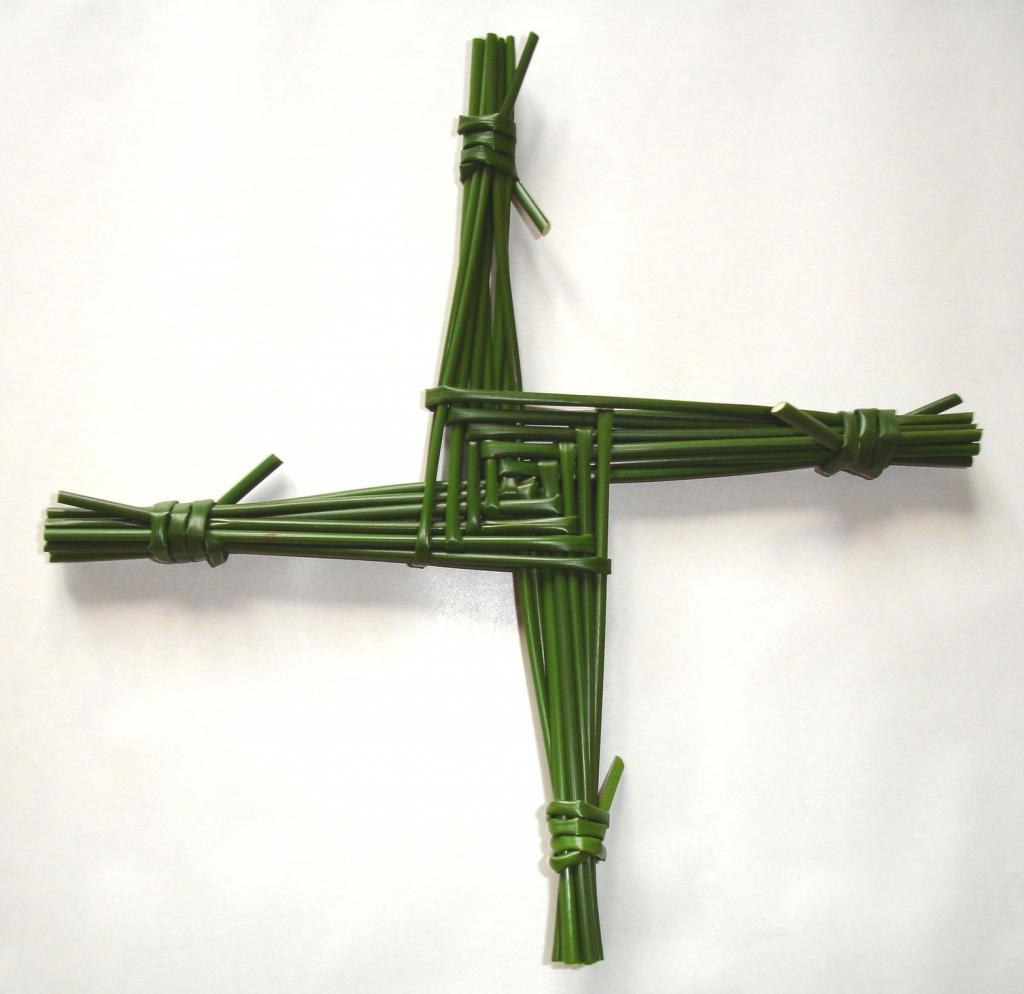
Taking Caution
Where we take caution and care is in dissecting worldview in information which has come down to us. So far, we can draw from the first-hand accounts of customs of our recent Celtic ancestors from things like the Carmina Gadelica, the Irish Rite and Celtic Rites from the order of liturgies from treating the sick, St. Galls Incantations, and Danaher’s “The Year in Ireland,” among other works. We take these things and the myths and filter it in reverse through a pagan worldview built out of an exhaustive comparative study of pre-Christian Indo-European pagan religions.
Triplicities of gods in prayers, for example, stay, but we then have to replace Father, Son, Holy Spirit in prayers. But that isn’t enough, we then have to rewrite the prayer to be in a Celtic pagan worldview, triangulating your good guesses from other facts. When we do this, we define a safe region with which to mix the elements of practice and belief around to make it work and see how the psyche performs.
Experimenting
If we do certain ascetic practices and experience the Inspiration Which Illuminates, and all the symptoms of that experience match even what Christians wrote, you realize that such things aren’t as altered as you thought, and maybe we don’t give the Christians enough credit here, and too much there.
This region that exists between all the facts and the best guesses turns out to be a place in your religion which everything fits, lines up, and is undoubtedly druidic and Celtic, and by all measures, undeniably recognizable by our ancestors. Anybody who celebrates the Goose Harvest in Ireland understands the Russian pagans who sacrifice water foul on the same day in sacred groves on the borders of Baltic and Slavic Europe.
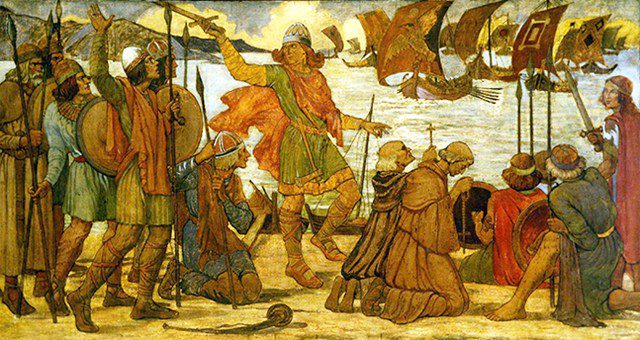
Where Does Information About the Druids Exist?
We can look at similarities in the clergy of other Indo-European cultures and rebuild Celtic belief, give it a workable skeleton which renders a practice out of the reconstructionist approach and methodology that is whole. It is not only possible to have a ballpark knowledge of clothing, worship, cosmology, and cosmogony, and we know they divined by sacrifice like everyone else. The Old Religion nearly rebuilds itself in the hands of great minds who do the work and the due diligence.
Roman and Vedic priests have nearly same taboos, which is just one fact among a myriad demonstrating there is an underlying ideology in Indo-European paganism and an underlying universal structure with the way the gods evolved through migrations from the Yamnaya culture → Corded Wares Culture → Urnfield Culture → Hallstatt Culture → Gaulish Culture → Irish Culture. It is with the Corded Ware Culture that we have split-offs into Germanic and Slavic paganism. These other cultures are what I call ‘Sister Cultures’ to the Celts. Through the writings contained in their sister cultures, we’ve never lost anything. Instead, our ancestors distributed the information, and we can garner enough data for a lifetime of study and practice, certainly more than the troupe if ignorance about the druids implies.
We look to works like “Druids: A Very Short Introduction” by Barry Cunliffe, and “A Brief History of the Druids” by Peter Beresford Ellis. We look to Classical Texts by the Romans and Greeks while trying to clean the information of their biases and the ongoings of the day(Like, for instance, that Rome ran out of gold before they decided to plunder the offering hoards of the Gauls). This information exists in manuscripts, wisdom tracts, myths and recorded practices from the 1800s, books like Danaher’s, and the book called “Irish Folkways” by E. Estyn Evans and the “Fairy Faith in Celtic Countries” by W.Y. Evans-Wentz. We have the writings of the Greeks, Romans, and Vedic pagans about their religions, and 20 & 21st century Indo-Europeanist assessments of how those things relate to Celtic paganism, for instance, the concept *swed-dhos, the universal Indo-European warrior ethic for the band of boon takers. And that scratches the surface.
In more ways than one, it is a blessing that the druids didn’t write first-hand accounts because the pursuit of a workable system is all the point of being a Celtic pagan.


